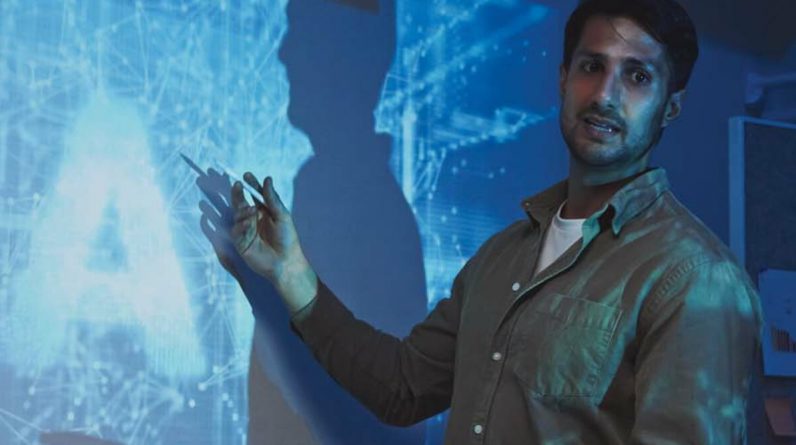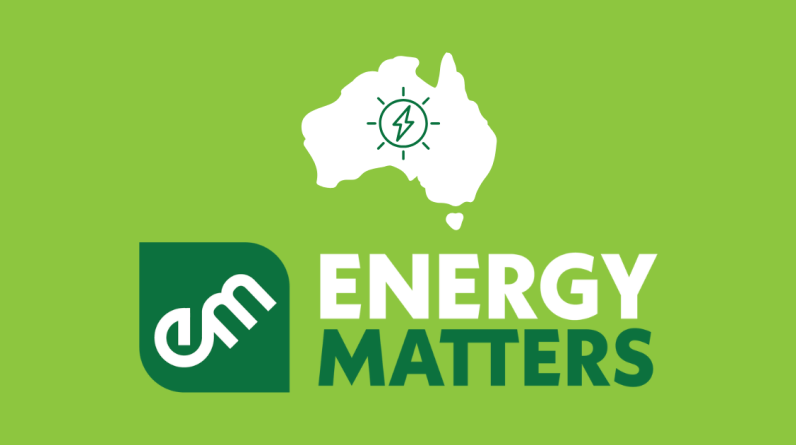
AIaaS Best Practices for Higher Education CIOs
These tips should help higher education IT leaders make the most of AIaaS.
Seek transparency: Make sure AIaaS vendors aren’t selling a black box. “Ask for a detailed description of how the technology works,” says Jenay Robert, senior researcher at EDUCAUSE. Ask vendors how their AI models are trained, what kinds of experts conducted the training and where the training data comes from, Robert adds.
Monitor costs: AIaaS may seem economical now that adoption is low, but it could get expensive in years to come as more people use it. “The cheapest way is to consume generative AI in embedded apps,” USF’s Fernandes says. Many solution developers will pull AIaaS into their apps via APIs. Kellen of UC San Diego notes that API access costs will fluctuate as adoption expands and vendors compete on cost. This underscores the value of avoiding vendor lock-in.
Ensure responsible use: Robert encourages IT leaders to ask vendors how they are protecting user data, if the service trains models with user data, and whether users can opt in or out of having their data used for training. Also ask vendors where data is stored and for how long. Consider retrieval-augmented generation, using your institution’s data to improve the accuracy of GenAI query results. Make sure vendors have guardrails to reduce the risk of biased or embarrassing outputs.
Manage expectations: Fernandes counseled patience with AIaaS applications. “AI tends to get a lot of hype, and then when the AI project doesn’t deliver on inflated expectations, the tendency is then to just thrash the whole thing,” he cautions.
KEEP READING: How Temple University created an artificial intelligence use policy.
Build prototypes: What if you’re just getting started with AIaaS? “Start with pilot programs in specific use cases, such as student services or administrative automation,” Microsoft’s Campman advises.
Don’t neglect sustainability: Make sure you understand how much energy AIaaS applications consume. “Outsourcing anything related to Big Data could be contributing to unsustainable computing practices,” Robert cautions.
Keeping an Eye on the Future of AIaaS
The future will require higher education leaders to weigh the full implications of automating learning processes and campus services that used to be confined to human brains.
“I am hopeful that AI technologies can help us expand access to and the accessibility of education,” says Robert. “I am also concerned that AI has just as much potential to degrade higher education as it has to improve it.”
Campus staff will need reassurance that automation will not take their jobs. “While AI is an accelerator, AI is not a replacement,” Fernandes says. These concerns will reverberate across campuses as professors figure out how to encourage students to use GenAI to become more technically proficient while discouraging them from using it to cheat on their homework.
Fernandes concludes that higher education IT leaders must become comfortable with constant change related to AI for the foreseeable future. “That means embracing continuous innovation, continuous learning and having a learn-it-all versus a know-it-all culture,” he says. “I think that’s going to be critical going forward.”








